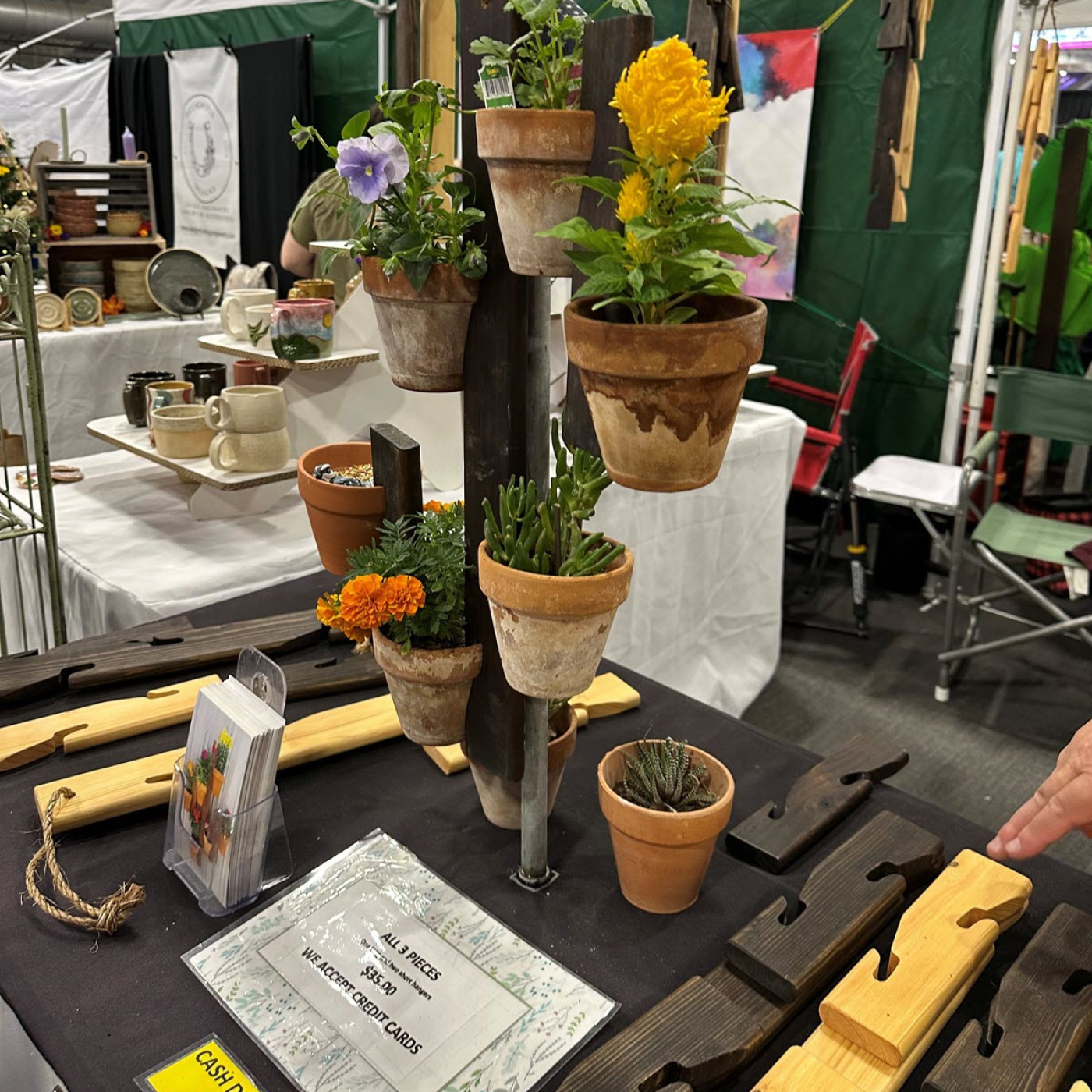How To Market Promoter Shares Strategy, Advice for Artists
A show’s venue and location influence our marketing strategy. For instance, in Ocala, Florida, near The Villages — home to the world’s largest retirement community — we prioritize newspaper advertising because it resonates with the demographic.
The first step in our timeline is publishing a Facebook event six months before the show. Even before sponsoring ads, we start seeing organic interest.
At the same time, we begin email marketing campaigns using leads from our online ticketing system, website, and on-site events, leveraging incentives like gift card giveaways to grow our lists. Social media ads are launched four to six months before the event and ramp up closer to the date.
Traditional media like radio, billboards, and newspapers are reserved for the final one to three weeks for maximum impact. We have also used cable television ads for our larger shows when budgets allow. Over the years, we have shifted away from heavy spending on newspapers and radio to digital platforms, which allows for more targeted, measurable results and flexibility.
Promoting Artists
We encourage artists to begin marketing as soon as they are accepted into the show. At the time of acceptance, we ask them to mark themselves as “going” on the Facebook event and share it with their audience. This creates early excitement and broadens the event’s reach.
We provide a branded graphic with event details for social media posts, making it easy for artists to share consistent messaging. Approximately four to six months before the show, we offer printed postcards tailored to the event that artists can distribute at other markets they attend.
Throughout the lead-up, we encourage artists to like and share our posts to amplify visibility. Those who actively promote their participation tend to see the highest foot traffic and sales. Every touchpoint — whether from us or the artists — helps build momentum.
During a Show
Marketing should begin during setup. Artists can post sneak peek photos of their booth in progress to build anticipation, followed by pictures of their finished display.
During the show, consider using Facebook Live or Instagram Stories to showcase your work, interact with followers, and invite them to visit. Every artist should have business cards or flyers readily available with contact details and future show dates.

Offering a small incentive, such as a discount or giveaway entry for newsletter signups, can help collect email addresses for future outreach. The goal is not just to sell during the show but to create opportunities for future sales and commissions.
More on the Topic
We want artists to know we invest heavily in marketing to ensure the success of every show. From digital campaigns to traditional media, we are constantly working to bring attendees through the door.
That said, artists who actively market themselves often see the best results. For example, one vendor who consistently shares our Facebook events and posts live videos from their booth typically experiences higher sales and post-event engagement. Collaboration is key — our marketing plan lays the foundation, but every additional touchpoint amplifies the impact.
